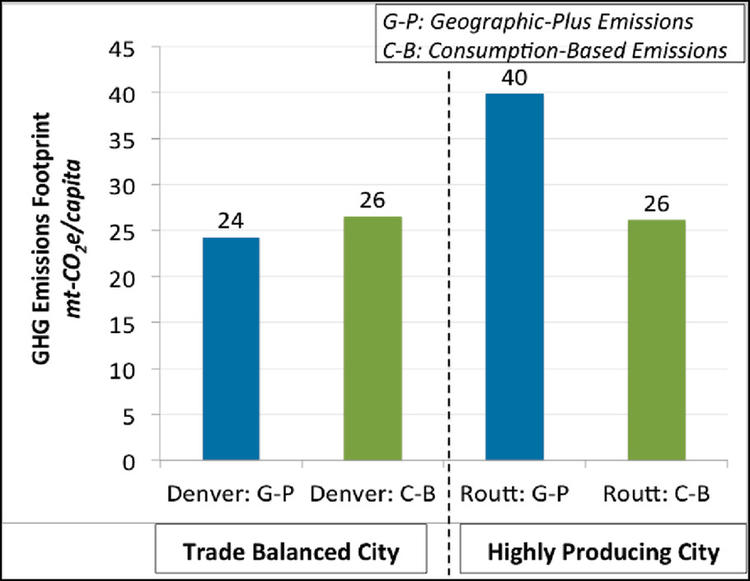
Two Approaches to Greenhouse Gas Emissions Accounting at the City-scale
Type
Community-wide greenhouse gas (GHG) accounting is confounded by the relatively small spatial size of cities compared to nations, due to which
• Essential infrastructures—commuter and airline transport, energy supply, water supply, wastewater infrastructures, etc.—cross city boundaries, hence energy use to provide these services often occurs outside the boundary of the cities using them.
• Significant trade of other goods and services also occurs across cities, with associated embodied GHGs.
Consequently, human activity in cities—occurring in residential, commercial, and industrial sectors—stimulates in-boundary GHG emissions occurring within the geopolitical boundary of the community, as well as trans-boundary emissions (occurring outside). Allocating in-boundary and trans-boundary GHG emissions to communities can be achieved using different approaches described below.

